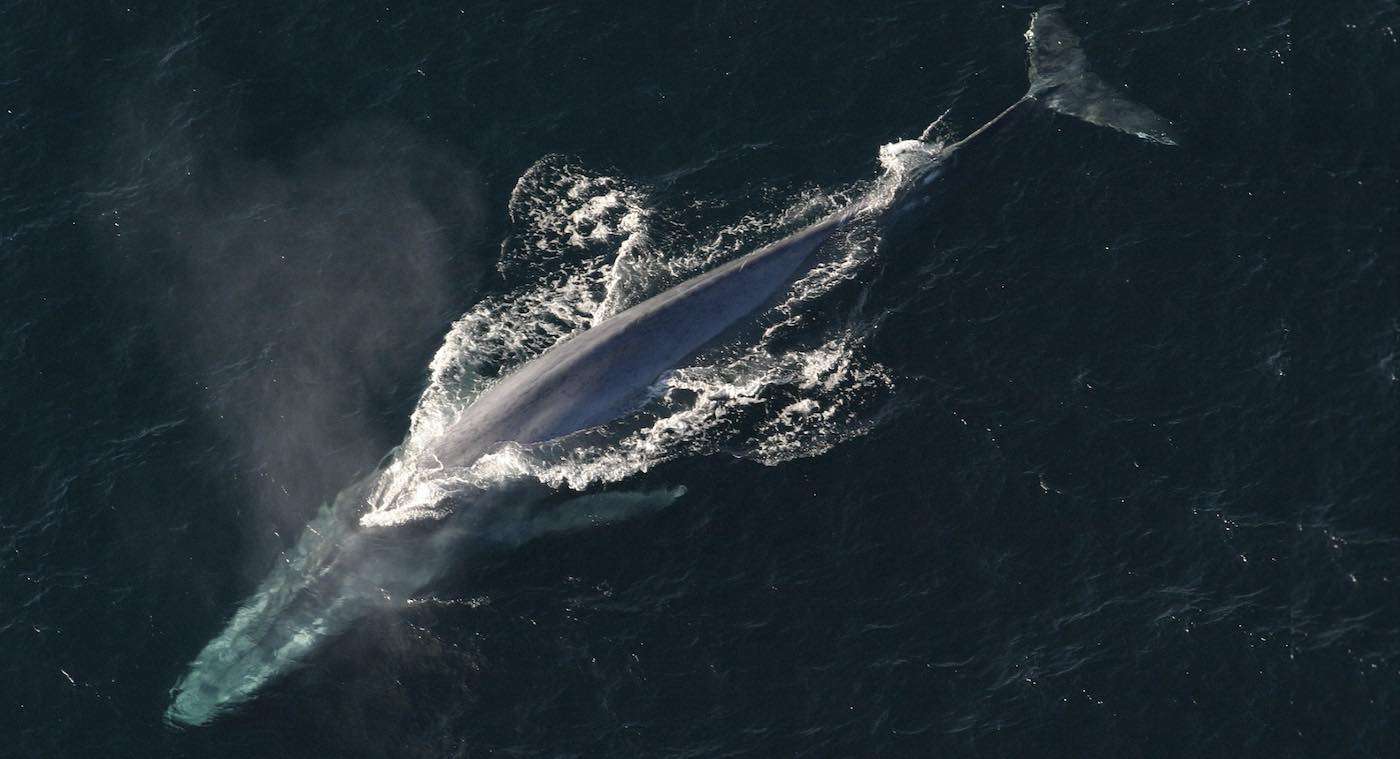Man Became Friends With a Fish and the Pair 'Meet' Every Summer in the Same Wisconsin Lake
A scuba diver has forged an unlikely bond with a wild fish and the pair meet up every summer beneath the waves for a reunion.

Don't call it a comeback, blue whales have been here for years, rocking their peers and putting sailors in fear.
The largest animals on Earth are returning to the coastal Californian waters in larger and larger numbers, with sightings on whale-watching trips becoming increasingly common.
According to a 2014 study investigating the impact of ship strikes on the blue whale population, the western Pacific population of these cetaceans has reached 97% of its pre-whaling levels.
"It's not just one entity that is contributing to the success of the populations rebounding; it's really the efforts of everyone," Jennie Dean, Vice President of Education and Conservation at the Aquarium of the Pacific in LA, told KTLA.
"When we're able to take collective action and think about balance, such that people and the activities that we want to support like shipping, like recreational use, like commercial fishing, all of those things can coexist."
Commercial fishing tackle can harm whales, and so the industry took measures to reduce this and it worked.
Too many blue whales were killed every year in ship strikes, and so Pacific shipping narrowed their lanes to avoid areas where whales congregate, and are now agreeing to reduce their speeds when entering and exiting harbor areas.
The current estimates suggest that as many as 2,000 blue whales travel up from Mexico to Southern California waters every year, a large chunk of a global population that may be topping 25,000.
Another marine mammal making a comeback are seals, which have begun regularly turning up on the beaches of Belgium for the first time in over a century. Grey seals and harbor seals turn up on the beach to rest and feed their pups, during which time they are protected from overly-excited Belgians by a volunteer force called the North Seal Team.
Scientists believe there is a population of 200 such animals near the city of Ostend.
"I was born in Ostend. I've lived my whole life here and I couldn't remember seeing a seal," says Inge De Bruycker, founder of the North Seal Team to Euronews. "It's new. It's like, come on, when we built this dam here about seven, eight years ago we sometimes had one. Occasionally, but just one."
SHARE This Fantastic News With Your Friends And Plan A Whale Watching Trip…
Be the first to comment